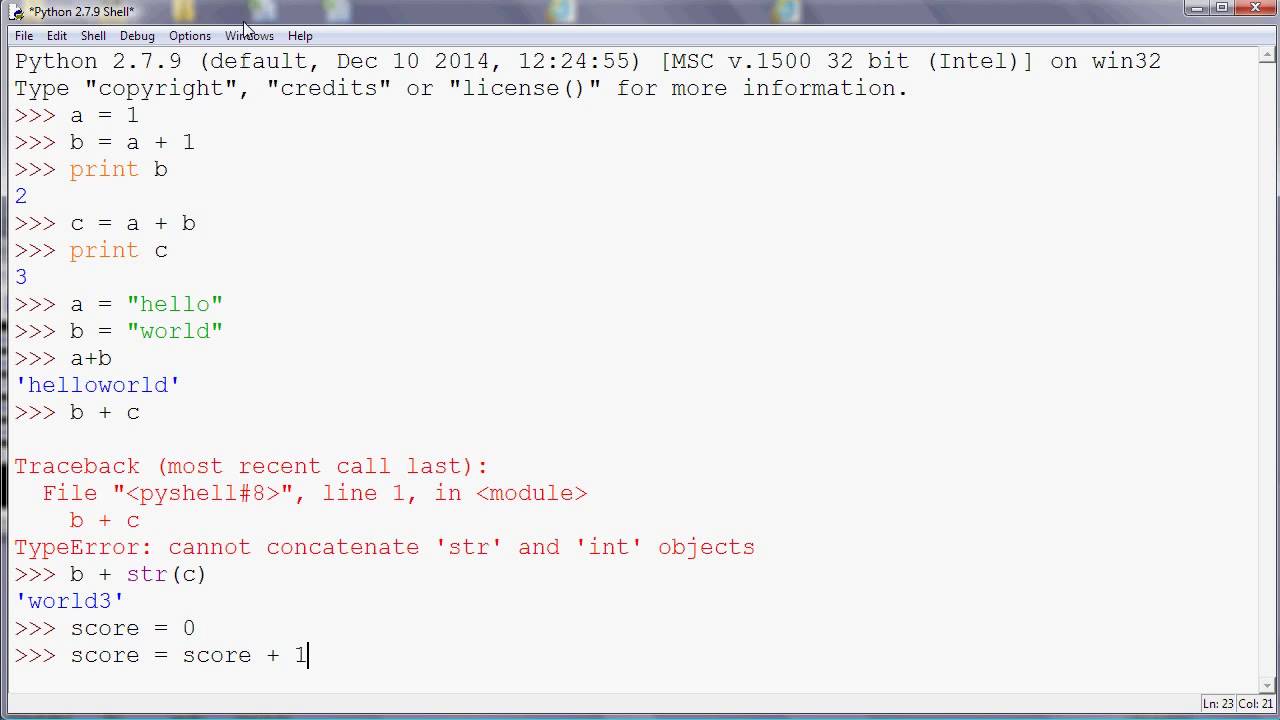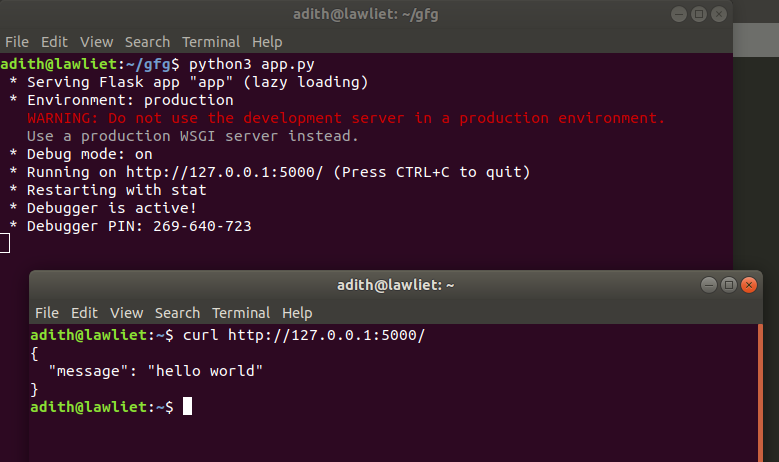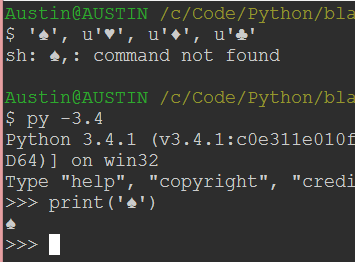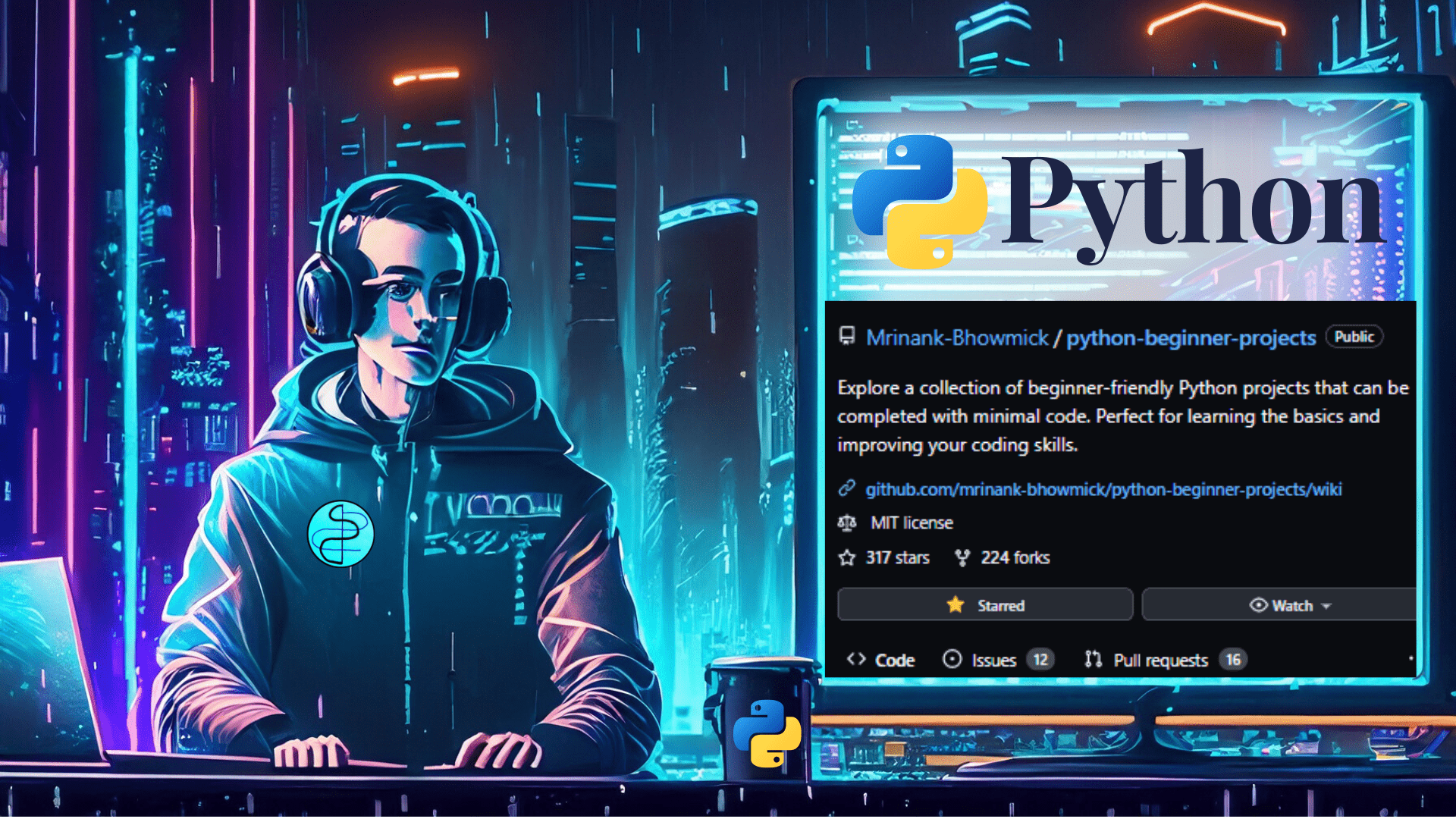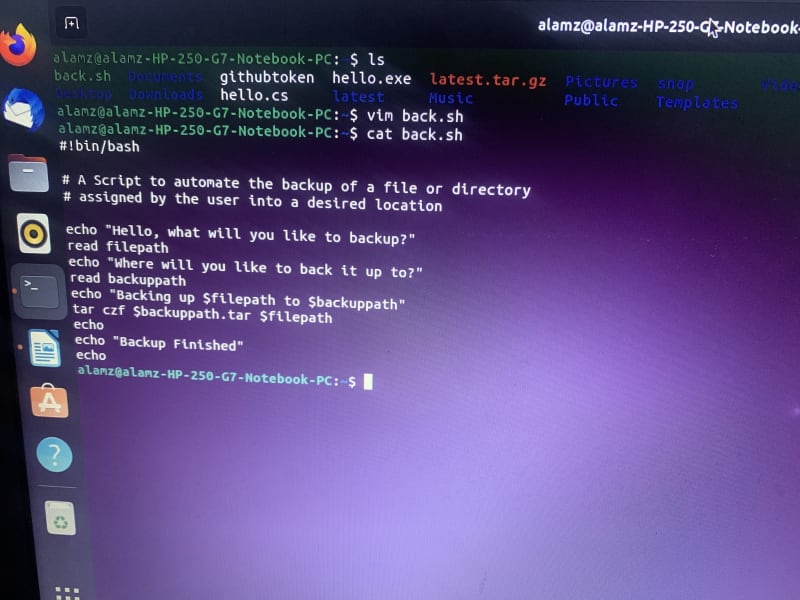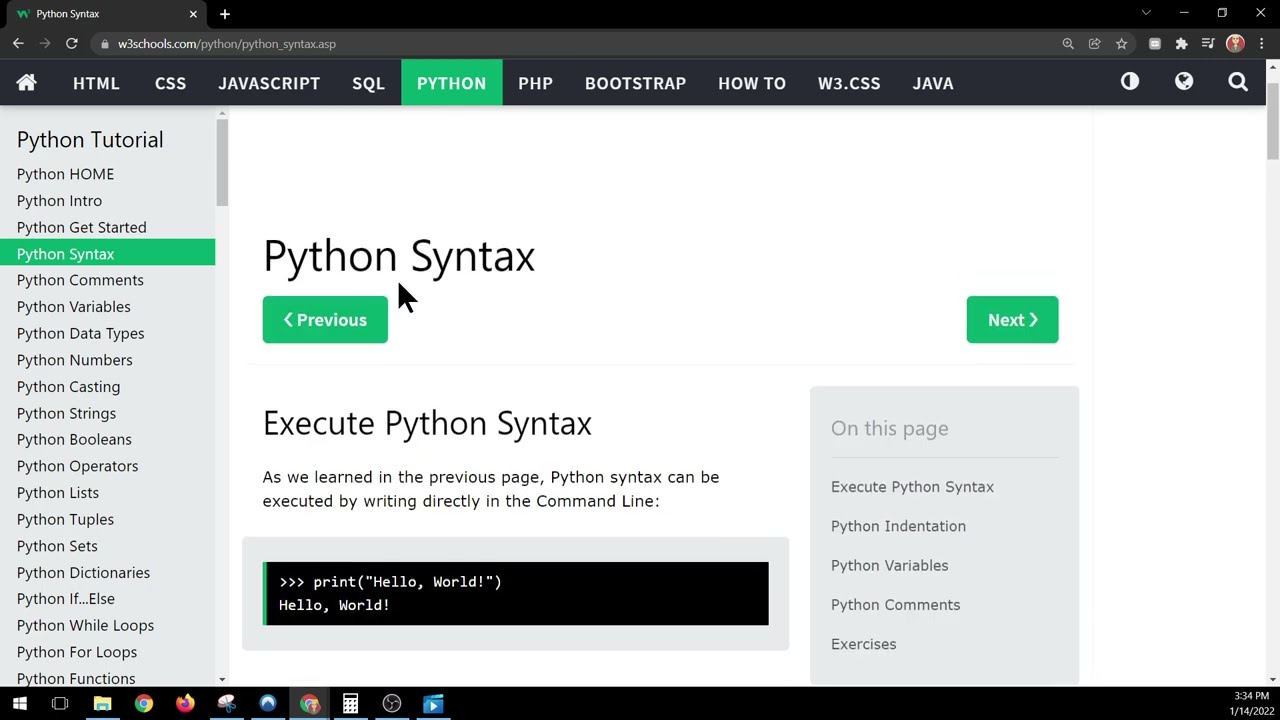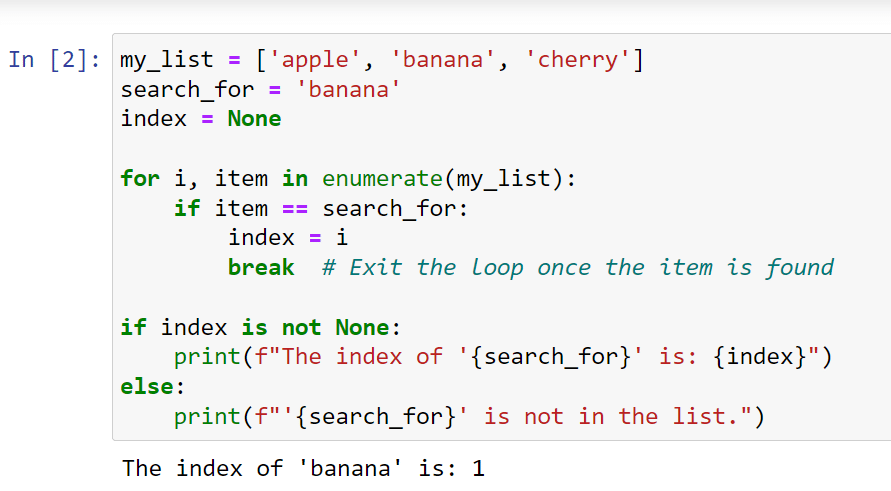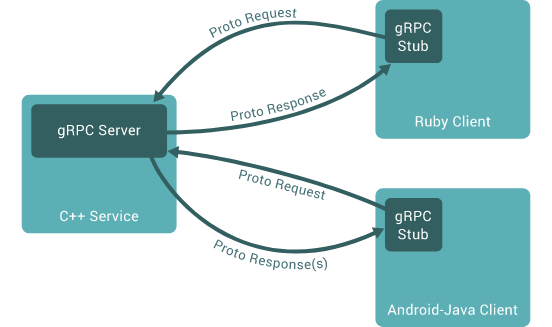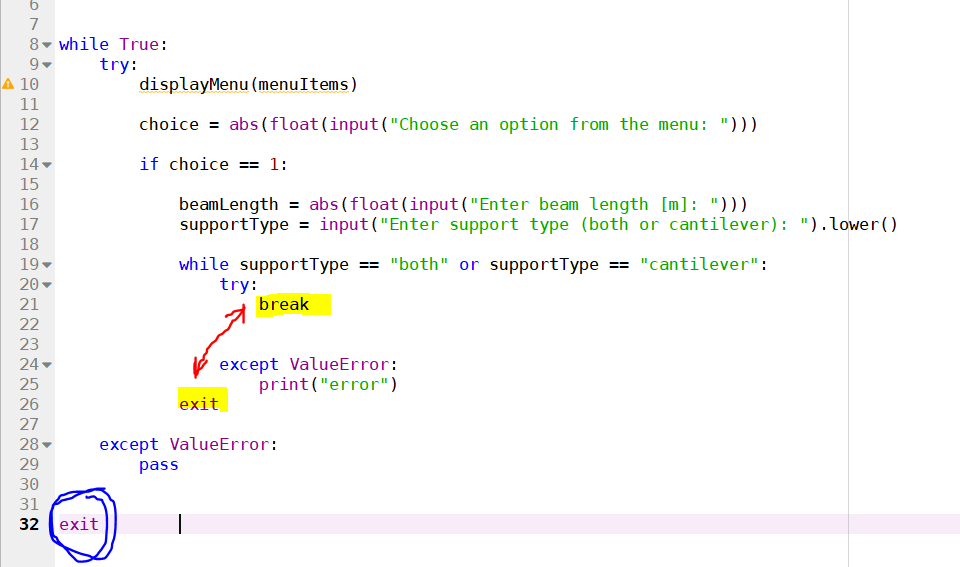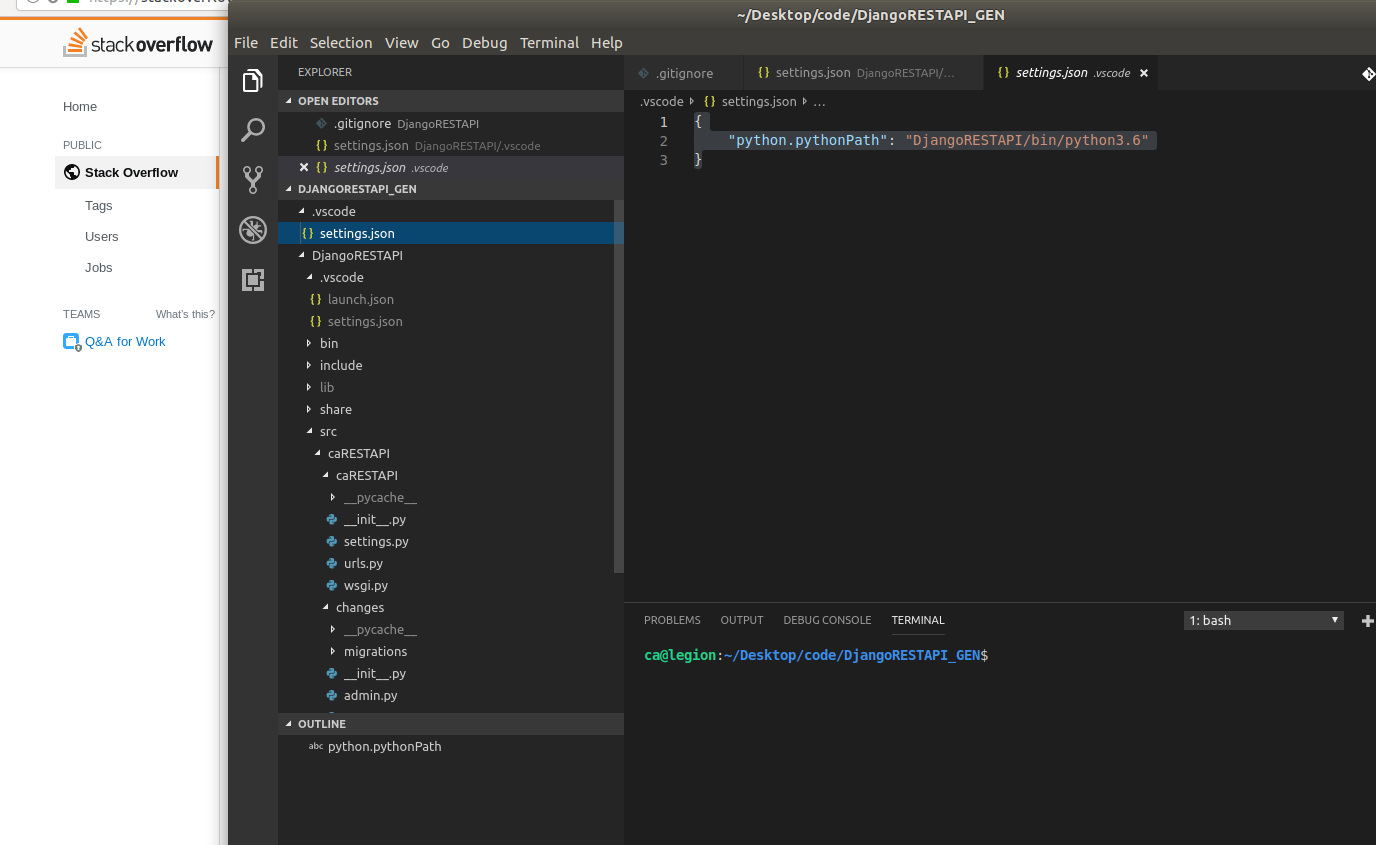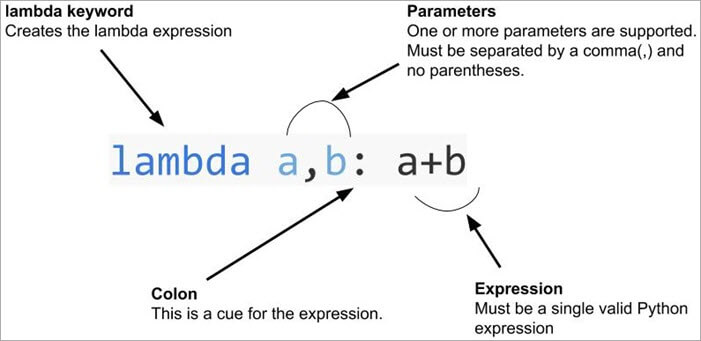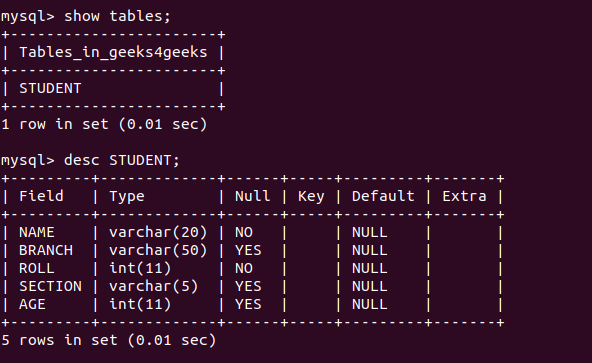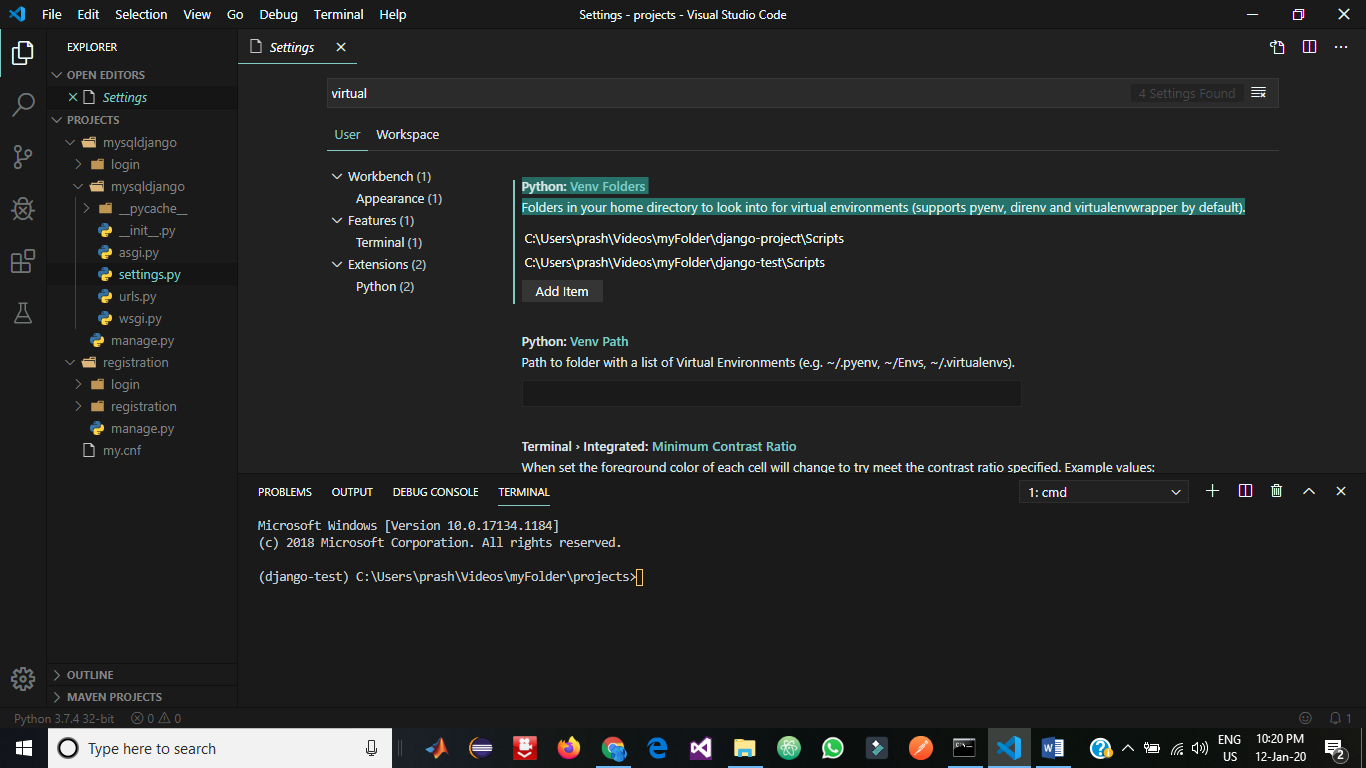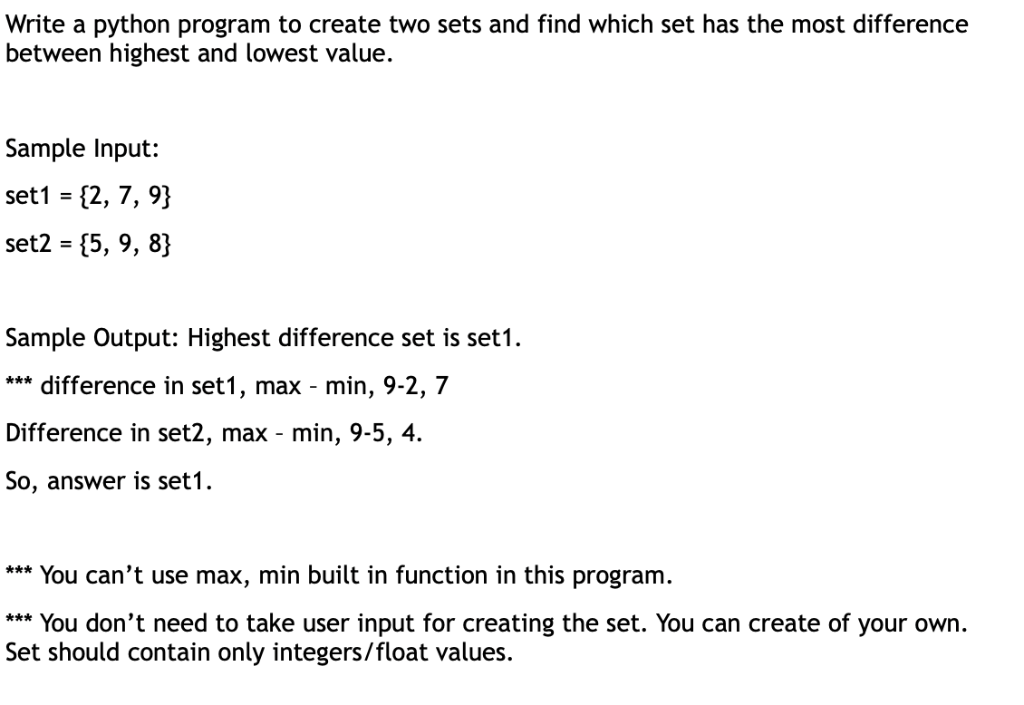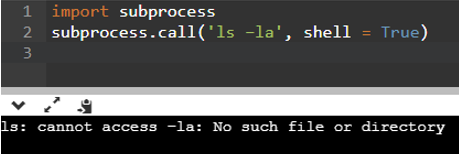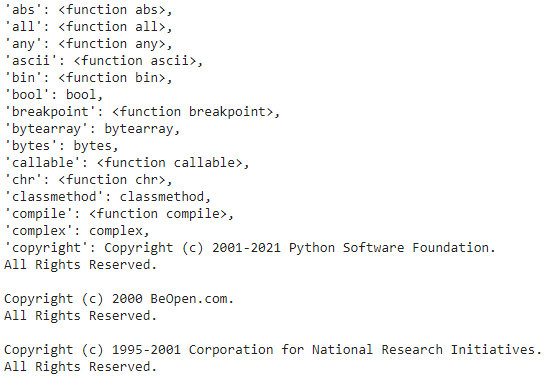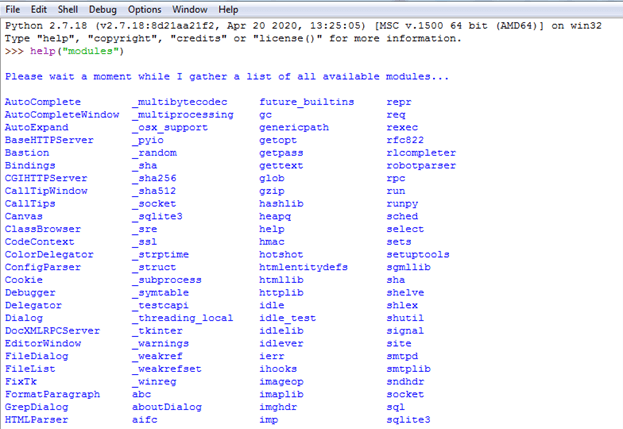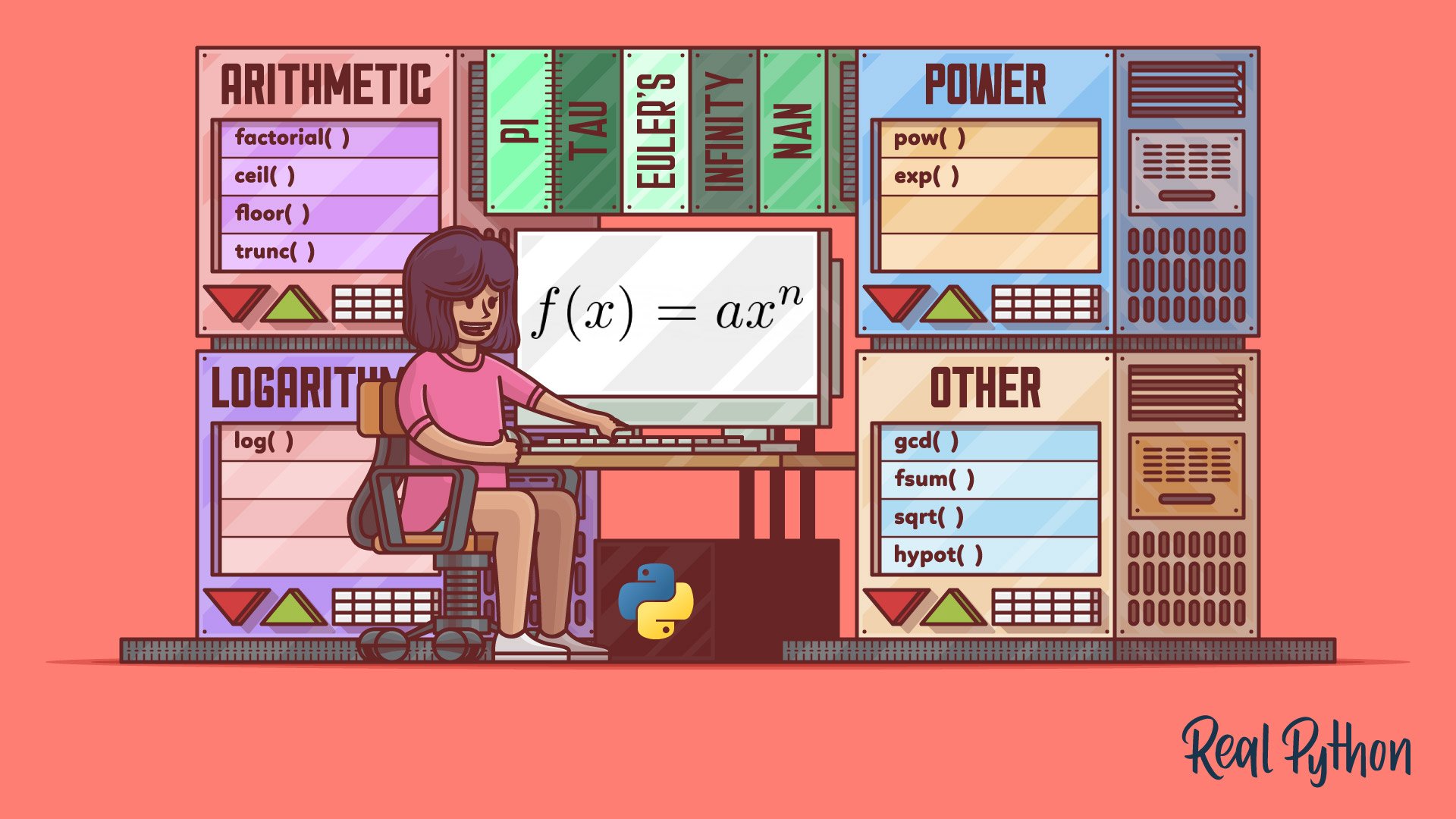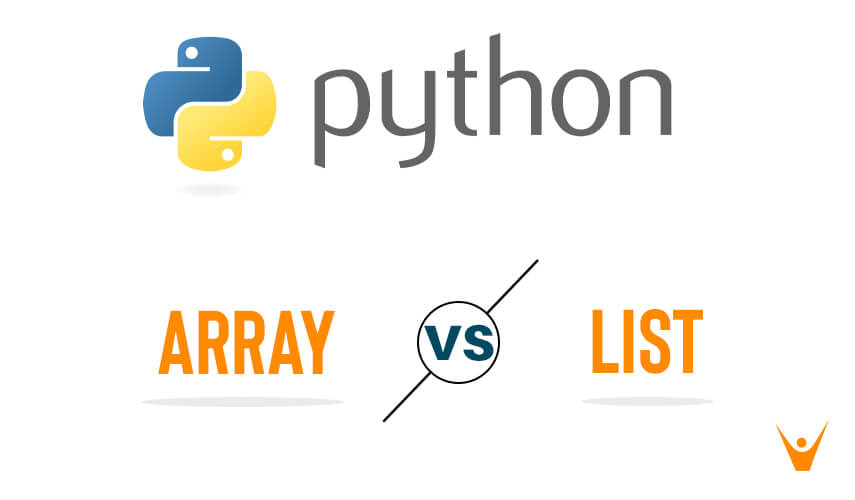Python os module Cheat sheet
Python os module Cheat sheet

I'd be happy to help you with that! Here's a comprehensive Python os module cheat sheet:
OS Module Overview
The os module is part of the Python standard library, and it provides a way for your programs to interact with the operating system (OS). This module allows you to access information about your environment, manipulate files, directories, and processes.
Directory Operations
getcwd(): Returns the current working directory.import os
print(os.getcwd())
os.chdir('/path/to/new/directory')
files = os.listdir('/path/to/directory')
os.makedirs('/path/to/new/directory', exist_ok=True)
os.rmdir('/path/to/directory')
File Operations
open(file, mode): Opens a file for reading, writing, or appending.file = open('example.txt', 'w+')
file.close()
os.remove('/path/to/file.txt')
os.rename('old_file.txt', 'new_file.txt')
Process Operations
system(command): Executes a system shell command.import subprocess
subprocess.run(['ls', '-l'])
print(os.getpid())
Environment Variables
environ: A dictionary of environment variables.os.environ['VARIABLE_NAME'] = 'value'
os.putenv('PATH', '/path/to/new/directory')
Other Useful Functions
devnull: The special file/dev/null, which discards its input and returns no output.
file = open(os.devnull, 'w+')
print(os.curdir)
Error Handling
error(): Raises aWindowsError on Windows, or an OSError on other platforms.
try:
os.mkdir('nonexistent_directory')
except OSError as e:
print(f"Error: {e}")
Platform-Specific Functions
uname(): Returns the name of the operating system, release number, and version.os_name, release, version = os.uname()
print(os_name)
cpu_time, real_time = os.times()
print(cpu_time)
I hope this cheat sheet helps you get started with the Python os module!
Do I need to install os in Python?
I see you've got a great question there! Let me break it down for you.
In general, you don't necessarily need to install an operating system (OS) using Python. Python is a high-level programming language that provides an excellent way to perform various tasks and interactions with your computer or device without directly involving the underlying OS. You can use Python for data analysis, web development, scientific computing, automation, and many more purposes.
However, if you want to interact with the operating system itself (e.g., managing files, processes, and other system resources), you might need to use a specific Python library or module that provides this functionality. For instance:
os (Operating System) - This is a built-in Python module that allows you to interact with the OS on various levels, such as: Managing files and directories Reading process information (e.g., PID, CPU usage) Creating new processes or threads pathlib (Path Library) - This library provides an object-oriented way of working with file paths and directories in Python. shutil (Shell Utilities) - This module offers various utilities for managing files and directories, such as moving, copying, and deleting them.These libraries and modules can be used to automate tasks or create custom tools that interact with the operating system, but they don't require you to install a new OS. Instead, they provide a Pythonic way of accessing and manipulating the underlying system resources.
When you do need to install an OS in Python, it's typically for development purposes, such as:
Virtual environments (e.g., conda, virtualenv) - These allow you to create isolated environments for different projects or dependencies. Docker containers - You can use Docker with Python to create lightweight, portable environments that include the necessary dependencies and OS components.In summary, while you don't necessarily need to install an operating system using Python, there are specific libraries and modules available to interact with the OS on various levels. If you do need to install an OS for development or other purposes, you can use virtual environments or Docker containers, but this is a different scenario from installing an OS in the classical sense.
I hope that clears up any confusion!
